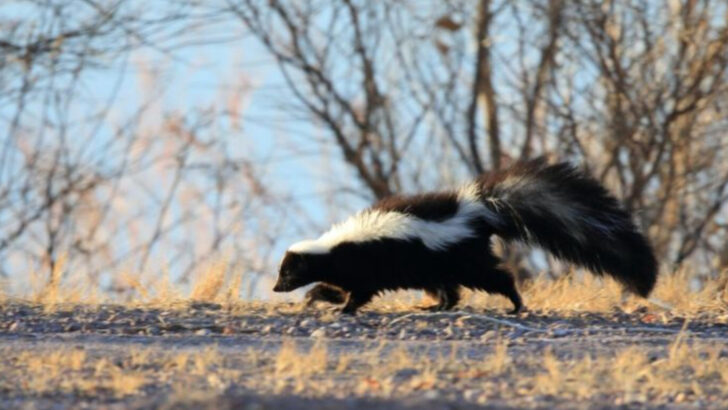Rabid skunks, often overlooked in wildlife discussions, pose significant health risks due to their potential to carry rabies. This blog post explores 21 states in America where these creatures are most prevalent.
Each state presents a unique environment contributing to the presence of rabid skunks. Understanding these habitats and the skunk population dynamics can help in crafting effective wildlife management strategies.
Moreover, knowing which states have the highest occurrences can assist in awareness and prevention efforts for residents and visitors alike, ensuring safety and reducing the spread of rabies.
Texas
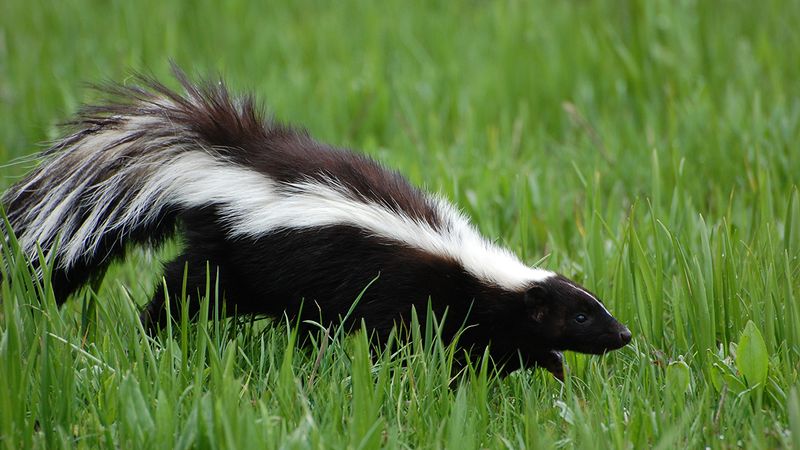
Texas is known for its vast landscapes and diverse wildlife, including a significant population of skunks. The state’s warm climate and expansive rural areas provide ideal habitats for these creatures.
Skunks in Texas are a common sight, particularly in more remote regions where human interaction is minimal. The increase in rabies cases among skunks can be attributed to the state’s large size and varied ecosystems.
As a resident or visitor, it’s crucial to remain vigilant and avoid contact with these animals. Local wildlife agencies recommend reporting any unusual skunk behavior to authorities immediately.
California
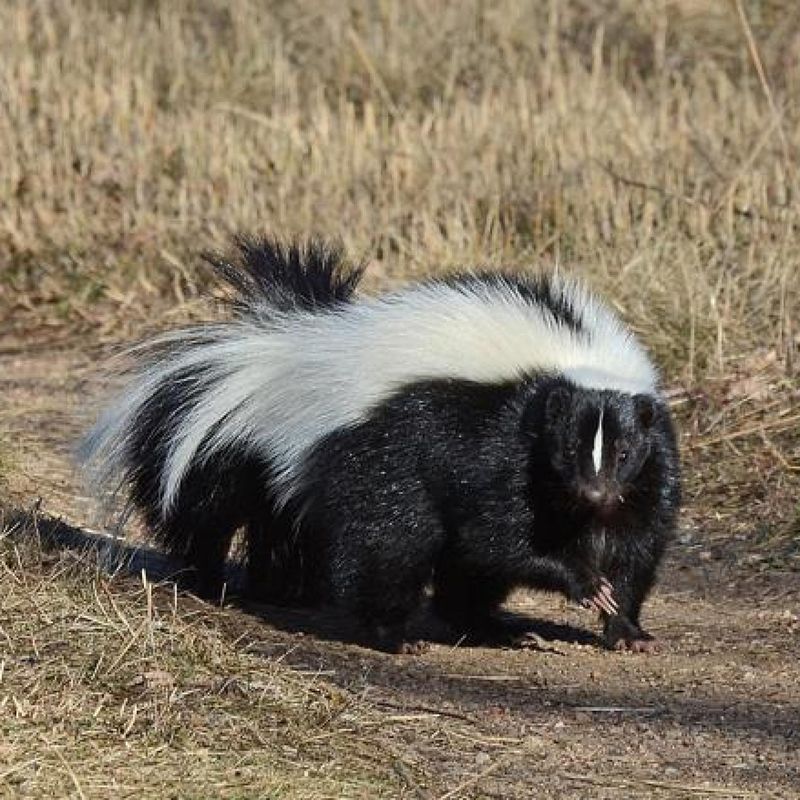
California’s diverse ecosystems, from coastal regions to dense forests, support a wide range of wildlife, including skunks. These animals thrive in suburban and urban areas as well, often rummaging through trash and causing a nuisance.
The presence of rabies in skunk populations is a concern for public health officials. Residents are advised to secure garbage bins and avoid leaving pet food outdoors.
Public awareness campaigns in California emphasize the importance of vaccination for pets and avoidance of wildlife. Any encounters with skunks should be handled with caution, and strange behavior reported promptly.
Arizona
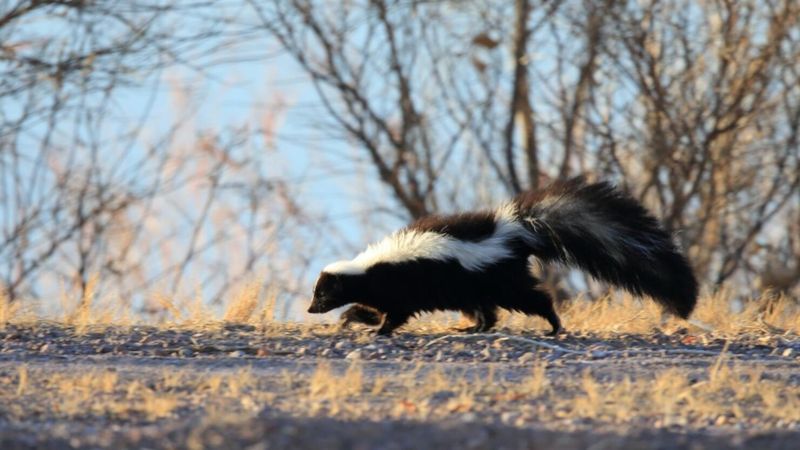
Arizona’s arid climate and unique desert environment make it a popular habitat for skunks. These creatures are often found searching for food at dusk and dawn, taking advantage of the cooler temperatures.
Rabid skunks in Arizona pose a threat to both humans and pets, highlighting the need for caution and awareness. The state’s wildlife agencies recommend vaccinating pets against rabies and educating the public about the dangers of interacting with wild animals.
Residents should also be aware of the signs of rabies and take appropriate action if they suspect an animal is infected.
Florida
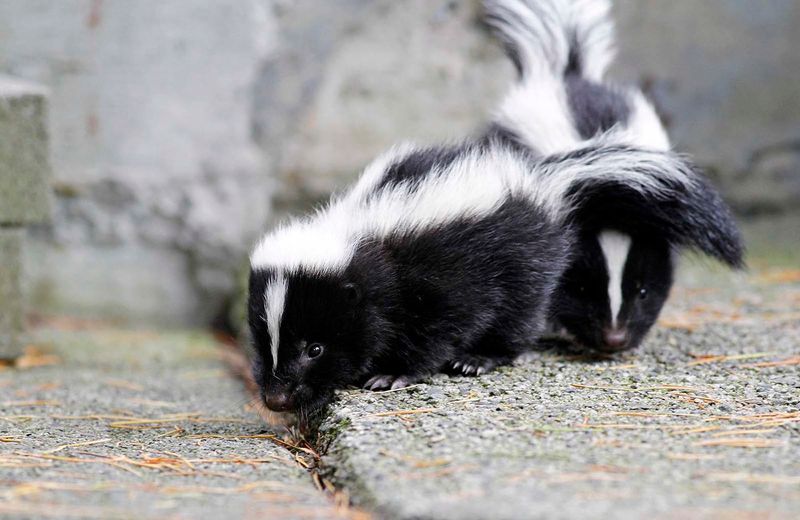
Florida’s warm, humid climate and abundant swamps create an ideal environment for skunks. These nocturnal creatures are commonly seen in both rural and urban settings, scavenging for food and shelter.
Rabies cases among skunks in Florida are reported regularly, prompting state health departments to engage in public education efforts. Residents are encouraged to avoid feeding or approaching wild skunks to reduce the risk of rabies transmission.
Regular pet vaccinations and awareness of skunk behavior can significantly decrease the chances of encountering a rabid animal.
Georgia
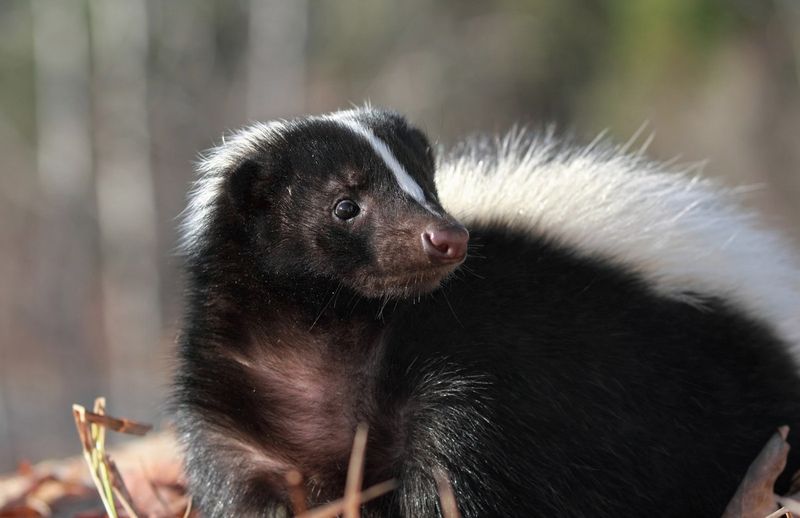
In Georgia, skunks are frequently found in wooded areas and farmlands, making the state one of the top locations for rabid skunk sightings. The combination of mild climate and plentiful food sources contributes to their prevalence.
The Georgia Department of Natural Resources advises residents to secure food sources and remove potential nesting sites to minimize interactions. Rabid skunks pose a serious threat, necessitating public awareness and preventive measures.
Observing skunks from a safe distance and reporting any odd behavior are crucial steps in managing the situation effectively.
North Carolina
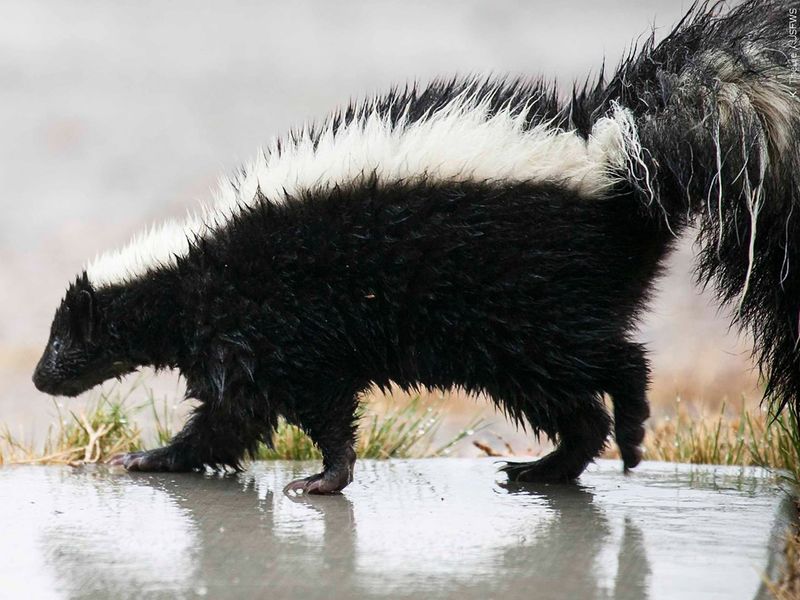
North Carolina’s scenic landscapes and mild climate offer a hospitable environment for skunk populations. These animals are commonly found in rural and suburban areas, where they seek food and shelter.
The risk of rabies transmission from skunks is a public health concern, leading to increased efforts in education and prevention. Residents are advised to keep a safe distance from wild animals and ensure pets are vaccinated.
Wildlife officials recommend immediate reporting of any skunk exhibiting strange or aggressive behavior to contain potential rabies outbreaks.
Tennessee

Tennessee’s varied landscapes, from rolling hills to dense forests, provide an ideal habitat for skunks. The state’s moderate climate and abundant food sources attract these animals year-round.
Rabid skunks are a public health concern, prompting local authorities to emphasize pet vaccinations and public education. Residents are urged to report any unusual skunk behavior to wildlife agencies promptly.
Awareness campaigns focus on preventing human and pet exposure to rabies through careful observation and prompt action. By understanding skunk behavior, Tennesseans can help prevent rabies spread effectively.
Virginia

Virginia’s rich natural habitats, including forests and rivers, support a thriving skunk population. These nocturnal animals are often seen foraging in suburban backyards and rural areas.
The presence of rabies among skunks poses significant health risks, leading state officials to initiate awareness programs. Securing trash and avoiding direct contact with skunks are crucial preventive measures.
Residents are encouraged to familiarize themselves with the signs of rabies and report any suspicious animal behavior. Vaccinating pets and educating communities play vital roles in controlling the spread of rabies in Virginia.
Ohio
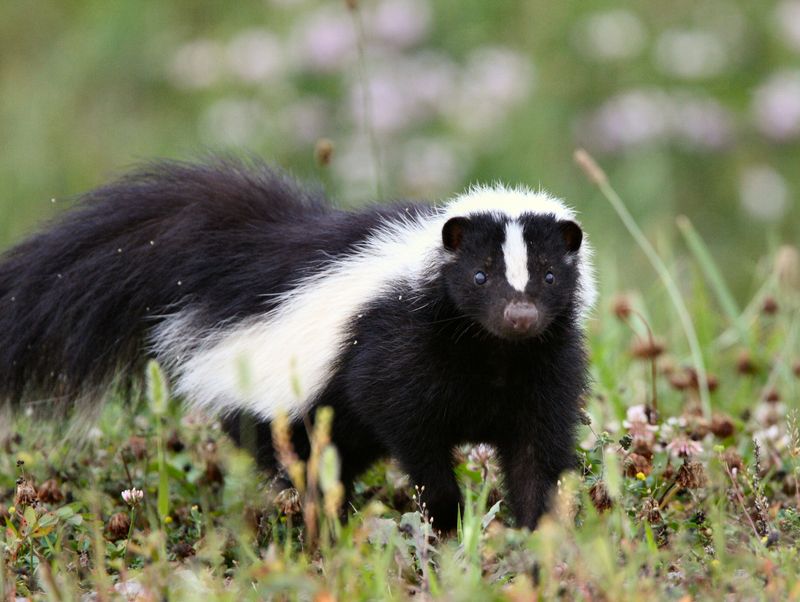
Ohio’s countryside, dotted with farms and open spaces, serves as an attractive habitat for skunks. These animals are frequently encountered in rural and suburban areas, where they search for food.
Rabies cases among skunks in Ohio highlight the importance of preventive measures and public education. State health officials advocate for regular pet vaccinations and secure waste management to minimize skunk interactions.
Residents should be aware of the potential risks and take precautions when encountering wildlife. Reporting unusual skunk behavior helps in monitoring and controlling rabies outbreaks effectively.
Michigan
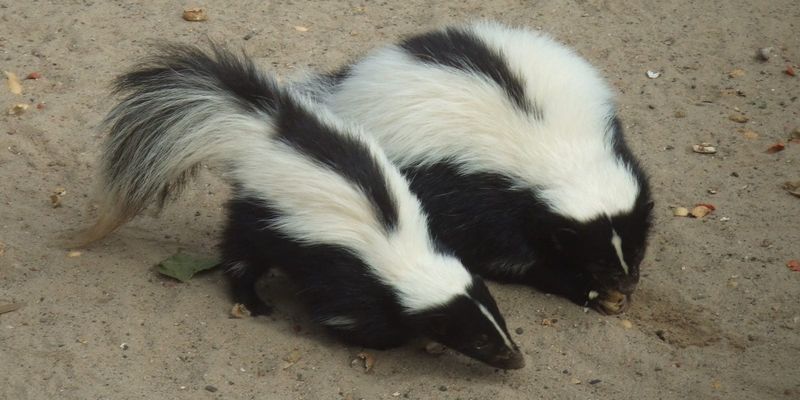
Michigan’s diverse landscapes, from forests to lakeshores, offer abundant opportunities for skunks to thrive. These creatures are often observed in rural areas, searching for food and shelter.
Rabies is a concern within Michigan’s skunk population, prompting increased efforts in public safety and pet vaccination. Residents are advised to avoid direct contact with skunks and ensure garbage is secured.
Recognizing the signs of rabies and reporting suspicious animal behavior are vital components of the state’s prevention strategy. Community awareness and proactive measures are key to managing rabies risks effectively.
Illinois
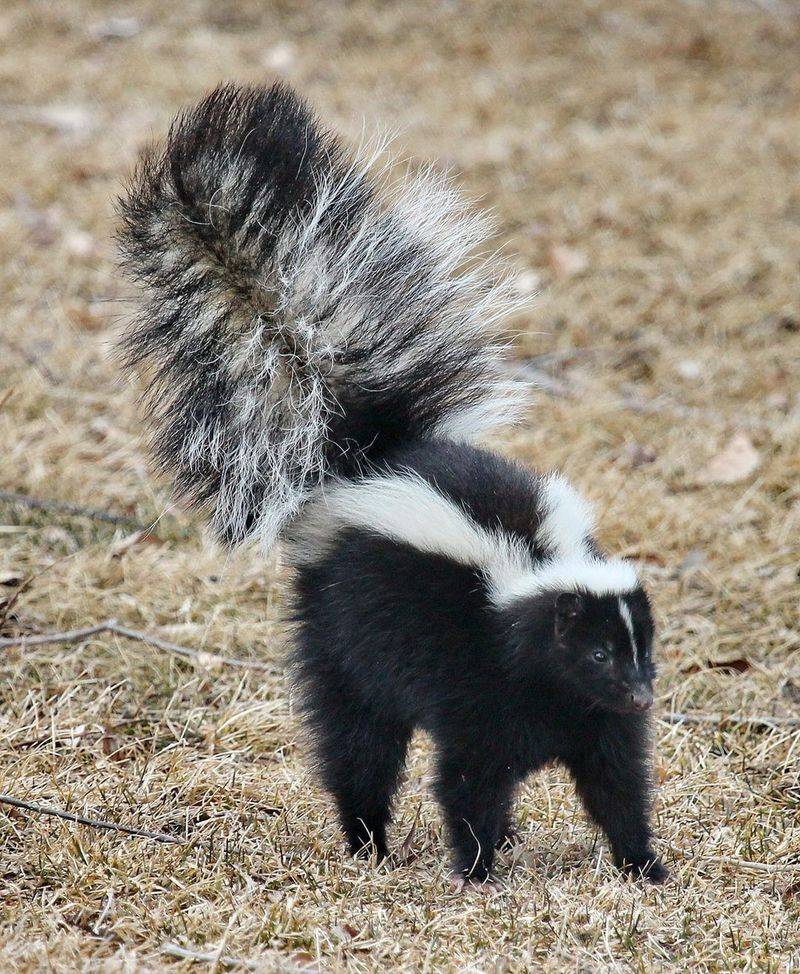
Illinois, with its prairies and agricultural landscapes, harbors a substantial skunk population. These animals are frequently seen in rural settings, scavenging for food among the fields.
Rabies cases in skunks present challenges for local authorities, necessitating public education and prevention efforts. Residents are encouraged to keep a safe distance from wildlife and secure potential food sources.
Vaccinating pets and understanding rabies symptoms are essential preventive measures. By remaining informed and vigilant, Illinoisans can play a crucial role in reducing the risk of rabies transmission from skunks.
Pennsylvania
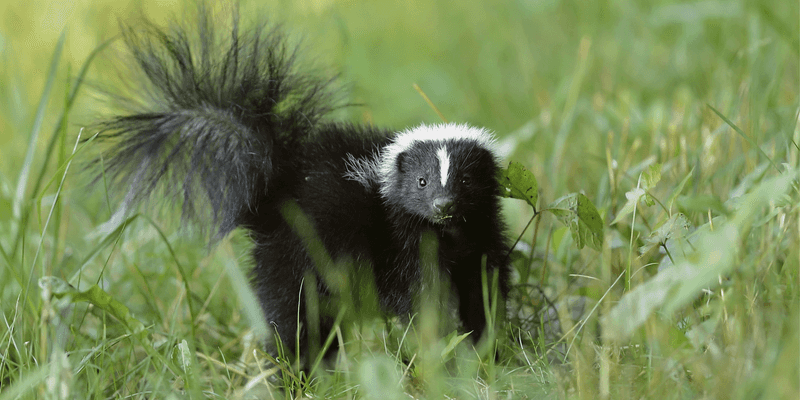
In Pennsylvania, skunks are a common sight in the state’s woodlands and rural regions. The varied climate and rich ecosystems support their thriving populations. Rabies is a significant concern, with numerous cases reported annually.
The Pennsylvania Game Commission advises residents to avoid contact with skunks and ensure pets are vaccinated. Public awareness campaigns focus on educating communities about rabies risks and prevention strategies.
Reporting any unusual skunk behavior is crucial for tracking and controlling potential rabies outbreaks. Through concerted efforts, Pennsylvanians can mitigate the rabies threat effectively.
Kentucky
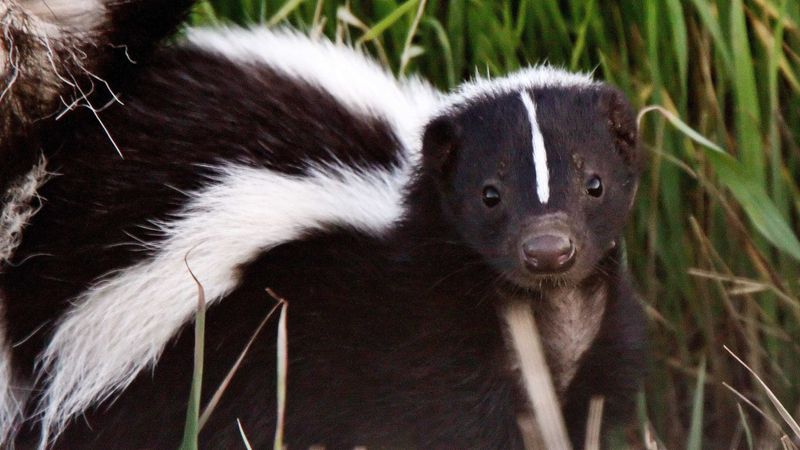
Kentucky’s rolling hills and meadows provide a welcoming environment for skunks. These animals are often seen foraging in rural areas, particularly at dawn and dusk.
Rabies cases among skunks in Kentucky underscore the importance of public awareness and preventive measures. Residents are encouraged to secure garbage and avoid feeding wildlife to limit skunk interactions.
Vaccinating pets against rabies is essential in safeguarding against the disease. By understanding skunk behavior and taking proactive steps, Kentuckians can help reduce the risk of rabies transmission effectively.
Indiana
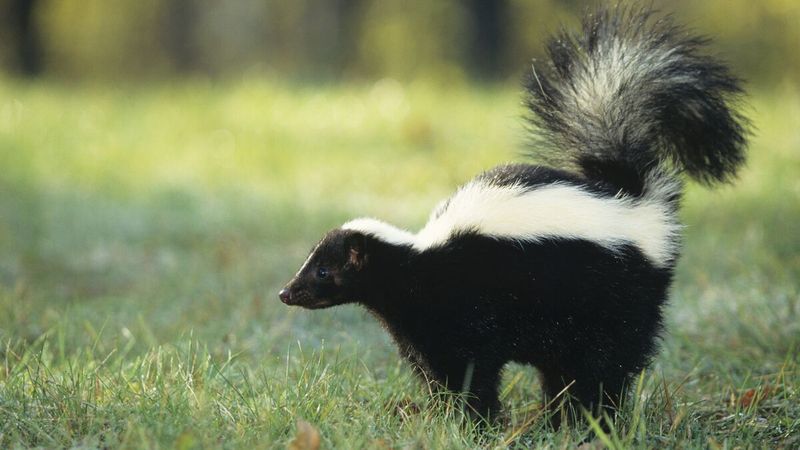
Indiana’s agricultural landscape attracts a notable skunk population, frequently seen in rural and suburban areas. The prevalence of rabies among skunks poses health risks, necessitating public education and preventive actions.
Residents are advised to avoid direct contact with these animals and secure food sources. The Indiana Department of Natural Resources emphasizes the importance of pet vaccinations and awareness of rabies symptoms.
Reporting abnormal skunk behavior plays a vital role in monitoring rabies cases. Through community efforts, Indiana can effectively manage the potential threat posed by rabid skunks.
Missouri
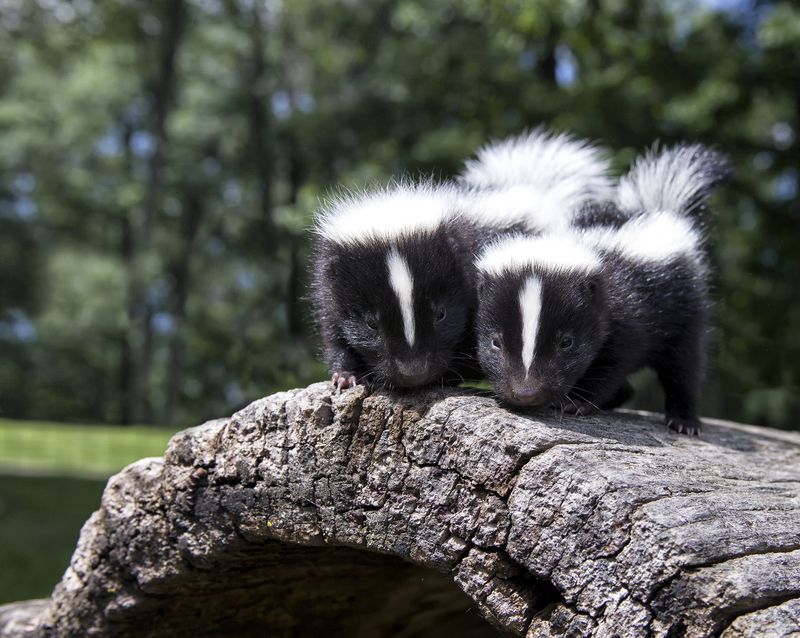
Missouri’s diverse natural landscapes, including forests and streams, provide ideal habitats for skunks. These creatures are often found in rural and suburban areas, where they search for food and shelter.
Rabies cases among skunks highlight the need for public awareness and preventive measures. Residents are encouraged to secure trash and avoid contact with wild skunks. Vaccinating pets is crucial in reducing rabies risks.
Missouri wildlife officials stress the importance of recognizing rabies symptoms and reporting any unusual skunk behavior. Through informed actions, Missourians can help control rabies effectively.
Alabama
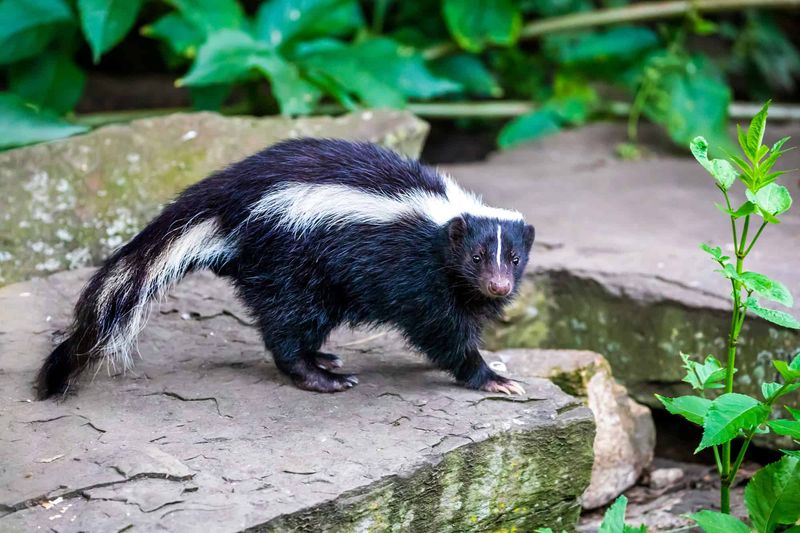
Alabama’s dense pine forests and rich biodiversity support a thriving skunk population. These nocturnal animals are often seen in rural and suburban areas, scavenging for food.
The presence of rabies in skunks is a public health concern, prompting efforts in education and prevention. Residents are advised to avoid direct contact and ensure pets are vaccinated.
The Alabama Department of Public Health emphasizes the importance of recognizing rabies symptoms and reporting suspicious animal behavior. By taking proactive measures, Alabamians can reduce the risk of rabies transmission from skunks.
New York
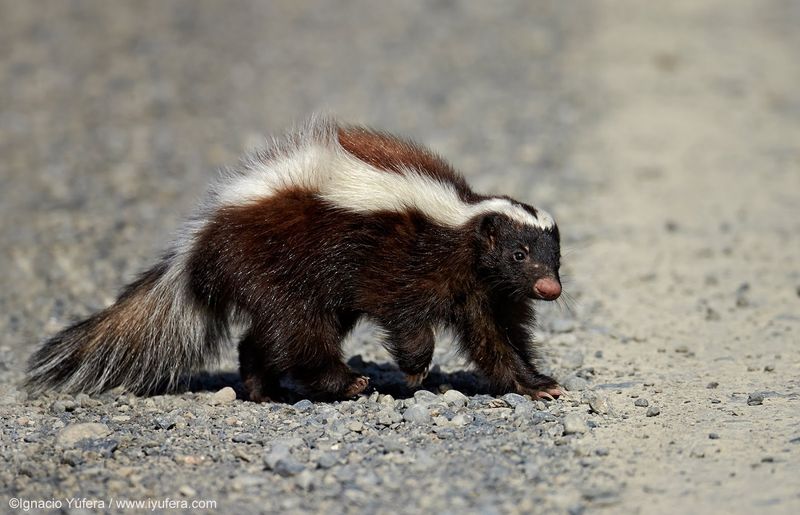
In New York, skunks are common in rural and suburban areas, often seen near farms and in open fields. The state’s varied climate supports their populations year-round. Rabies is a significant concern, with cases reported annually.
The New York State Department of Health advises residents to avoid contact with skunks and ensure pets are vaccinated. Public education campaigns focus on rabies prevention and the importance of reporting unusual animal behavior.
By staying informed and vigilant, New Yorkers can help control rabies and protect both human and animal populations effectively.
Wisconsin
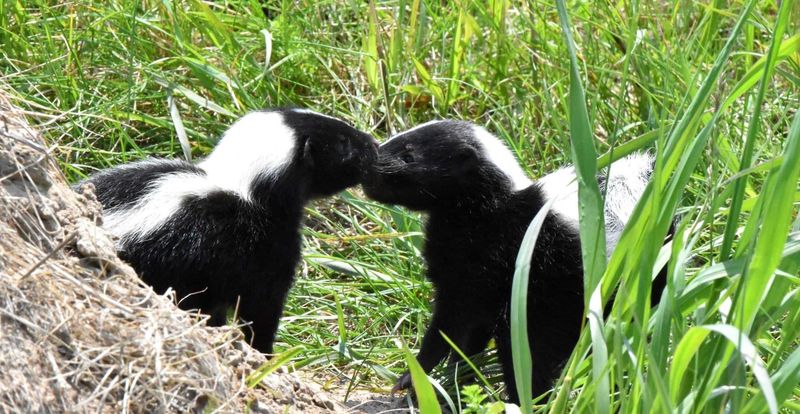
Wisconsin’s forests and lakeshores offer a suitable habitat for skunks, contributing to their widespread presence. These animals are frequently encountered in rural areas, where they seek food and shelter.
Rabies cases among skunks in Wisconsin highlight the need for public awareness and preventive measures. The Wisconsin Department of Natural Resources recommends securing food sources and avoiding contact with wildlife.
Vaccinating pets is an essential step in rabies prevention. By recognizing signs of rabies and reporting suspicious animal behavior, Wisconsinites can help mitigate the risks associated with rabid skunks.
Minnesota
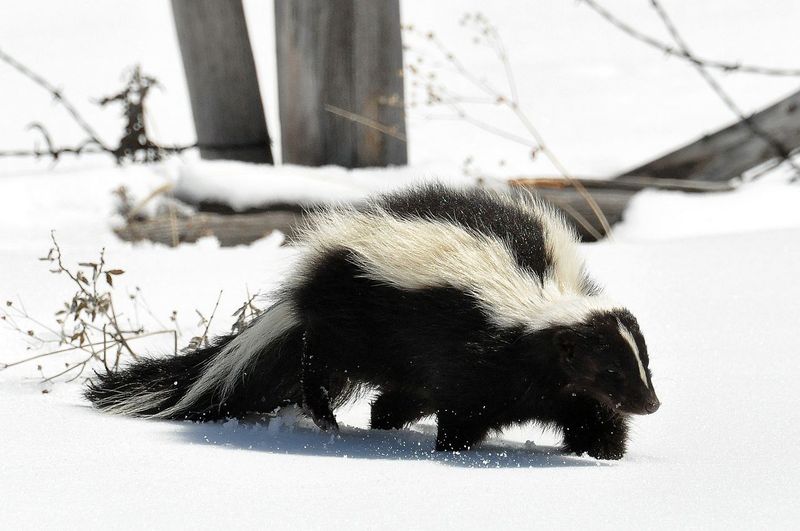
Minnesota’s meadows and woodlands provide an ideal environment for skunks, supporting a robust population. These creatures are commonly seen in rural and suburban areas, searching for food.
Rabies is a concern, prompting state officials to emphasize preventive measures and public education. Residents are encouraged to avoid direct contact with skunks and secure potential food sources.
Vaccinating pets is crucial in protecting against rabies. By staying vigilant and reporting unusual skunk behavior, Minnesotans can play a vital role in controlling rabies outbreaks and ensuring community safety.
Kansas
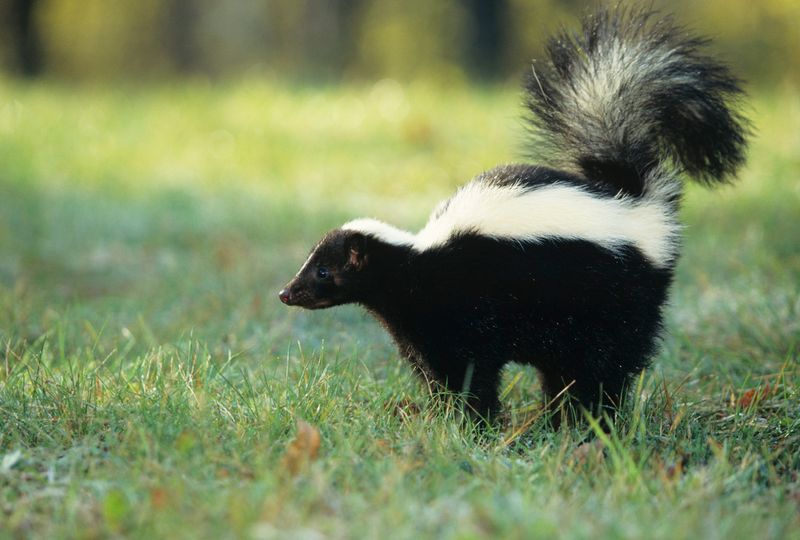
Kansas, with its vast wheat fields and open skies, is home to a significant skunk population. These animals are often found in rural areas, foraging for food among the crops.
Rabies cases among skunks in Kansas highlight the need for public education and preventive actions. Residents are advised to avoid contact with wildlife and ensure pets are vaccinated.
The Kansas Department of Wildlife emphasizes the importance of securing food sources and recognizing rabies symptoms. By remaining informed and taking proactive measures, Kansans can help control the spread of rabies effectively.
Oklahoma
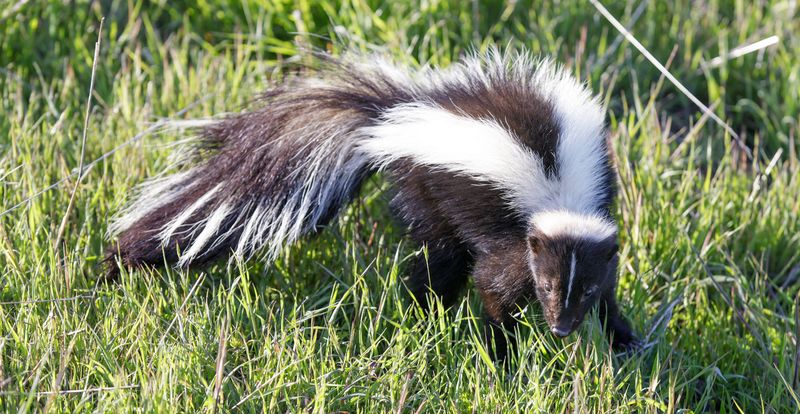
Oklahoma’s prairies and open landscapes provide suitable habitats for skunks, supporting their thriving populations. These animals are frequently seen in rural settings, searching for food and shelter.
Rabies is a concern, leading to increased efforts in public education and prevention. The Oklahoma Department of Wildlife advises residents to avoid contact with skunks and secure garbage bins.
Vaccinating pets is essential in reducing rabies risks. By recognizing signs of rabies and reporting unusual skunk behavior, Oklahomans can help manage the potential threat posed by these wild animals.

